In the high-stakes world of construction, where budgets are tight and deadlines relentless, one factor often determines whether a project succeeds or fails: transparency. Clear and consistent communication forms the foundation of trust among stakeholders, including project managers, contractors, clients, and inspectors. Without it, miscommunication, delays, and costly mistakes can escalate, causing inefficiencies and strained relationships.
Transparency in construction means maintaining an open flow of information about completed work, upcoming tasks, and timelines for each project phase. This level of visibility helps teams stay aligned, respond proactively to challenges, and ensure that everyone involved shares the same expectations and goals.
A lack of transparency has been linked to poor coordination and excessive waste. Studies show that inefficiencies in data sharing lead some project managers to spend up to 25% of their time preparing reports rather than focusing on strategy and execution. Additionally, nearly half of construction companies identify limited project visibility as one of their most significant obstacles.
Embracing Technology and Strategic Workflows
To address these challenges, construction leaders are adopting advanced technological tools and smarter workflows. Upgrading project management software reduces manual data entry and provides real-time updates, while centralized digital platforms serve as a single source of truth for project documentation. This approach minimizes confusion, keeps all parties informed, and lowers the risk of costly rework.
Tools such as scaffold software and mobile collaboration apps further streamline inspections and enhance coordination across crews. Incorporating building information modeling (BIM) and real-time data tracking improves transparency and supports more accurate decision-making throughout the project lifecycle.
Partnering with third-party services can also strengthen accountability and provide external validation when needed. These measures help companies reduce human error, accelerate timelines, and establish a culture of openness and reliability.
A Strategic Investment for the Future
As the construction industry continues to evolve, so must the systems that support it. Investing in transparency is no longer just a best practice—it is a strategic choice that drives efficiency, builds accountability, and sets the stage for long-term success at every stage of the building process.




